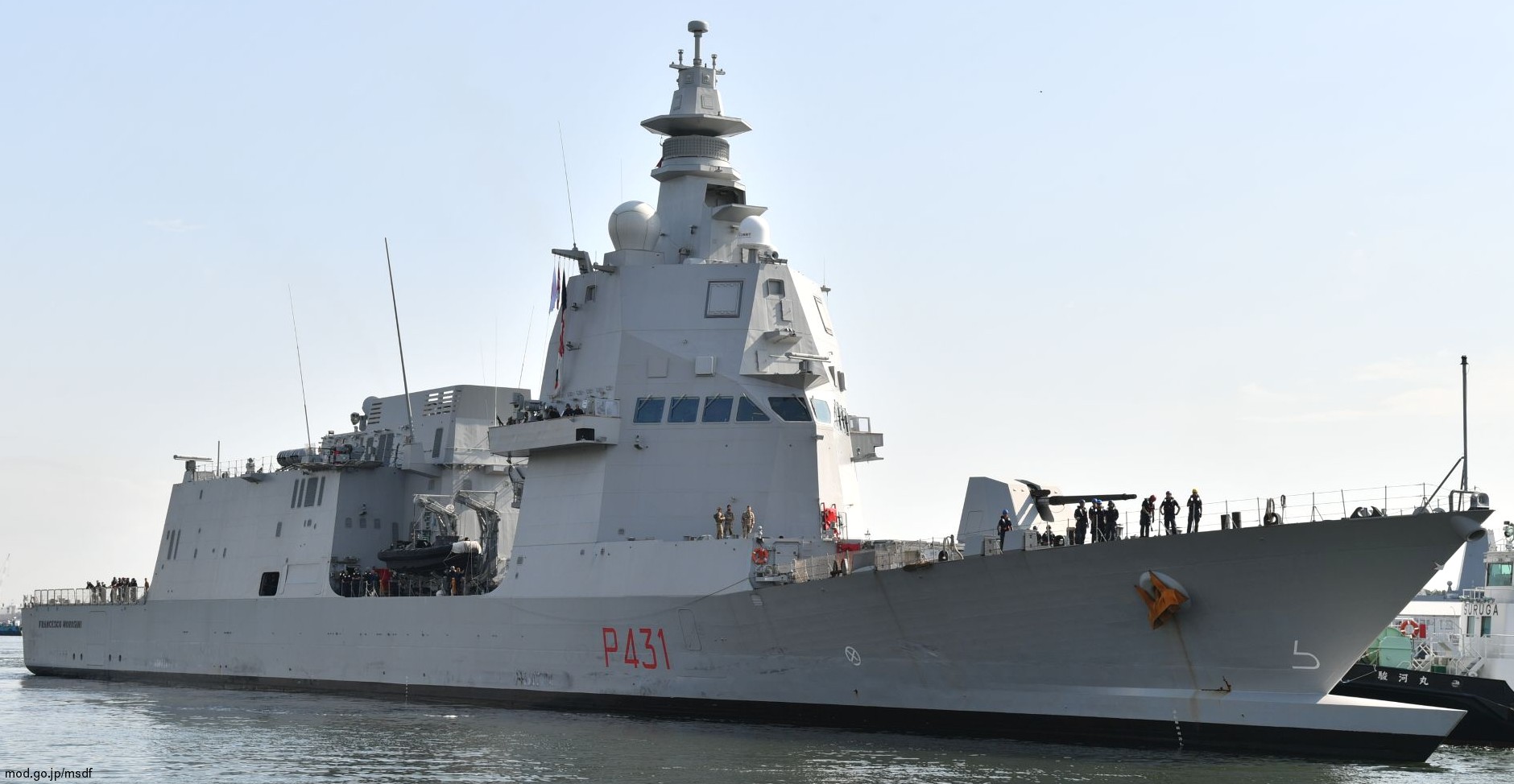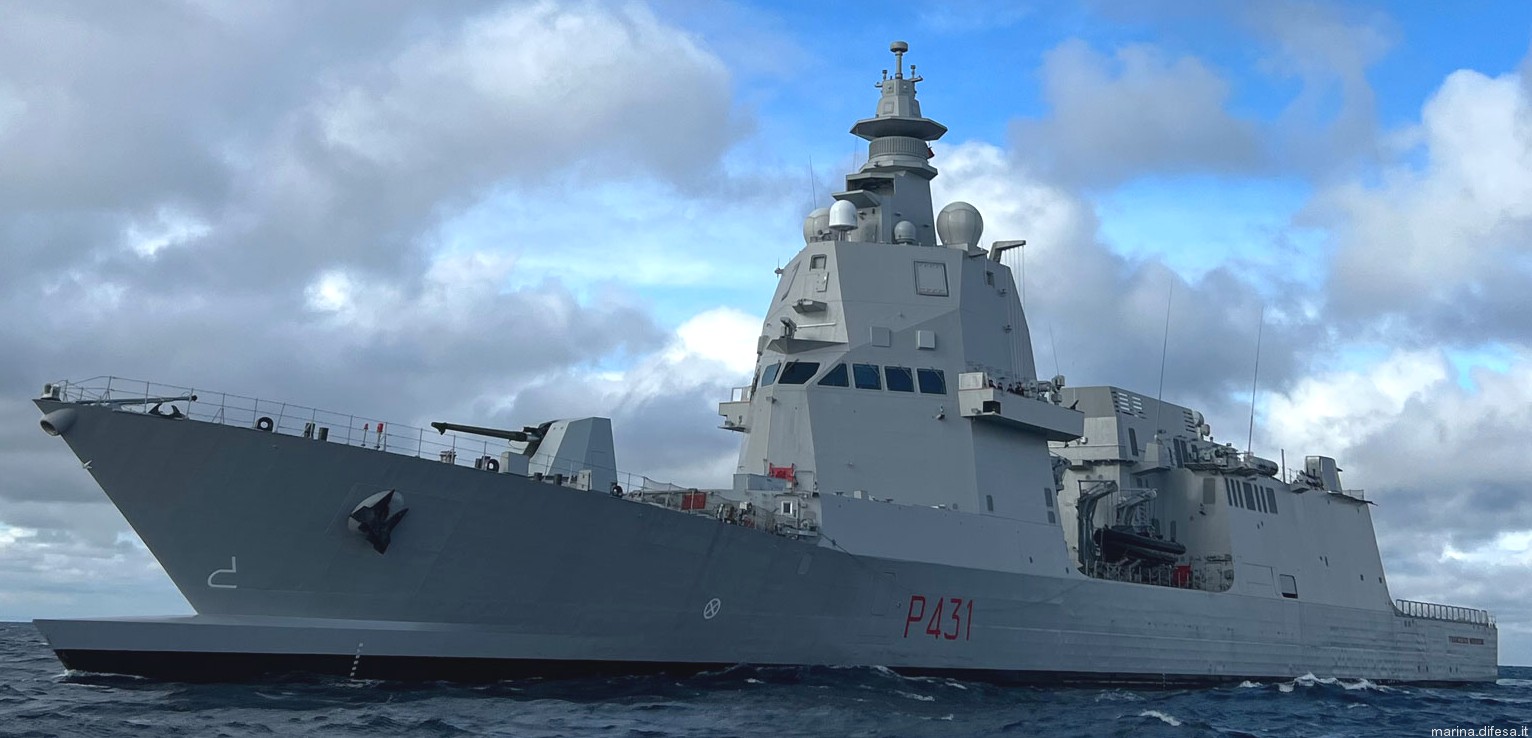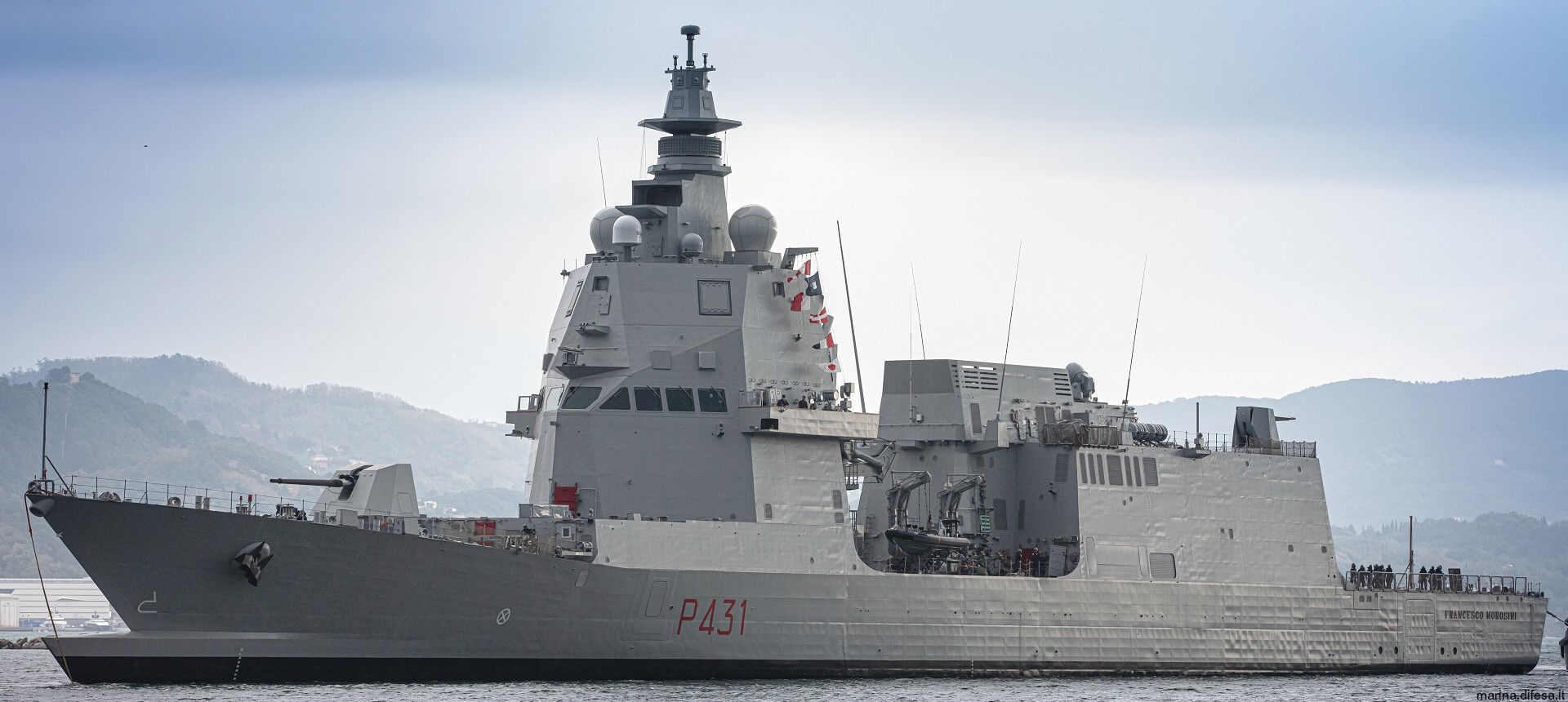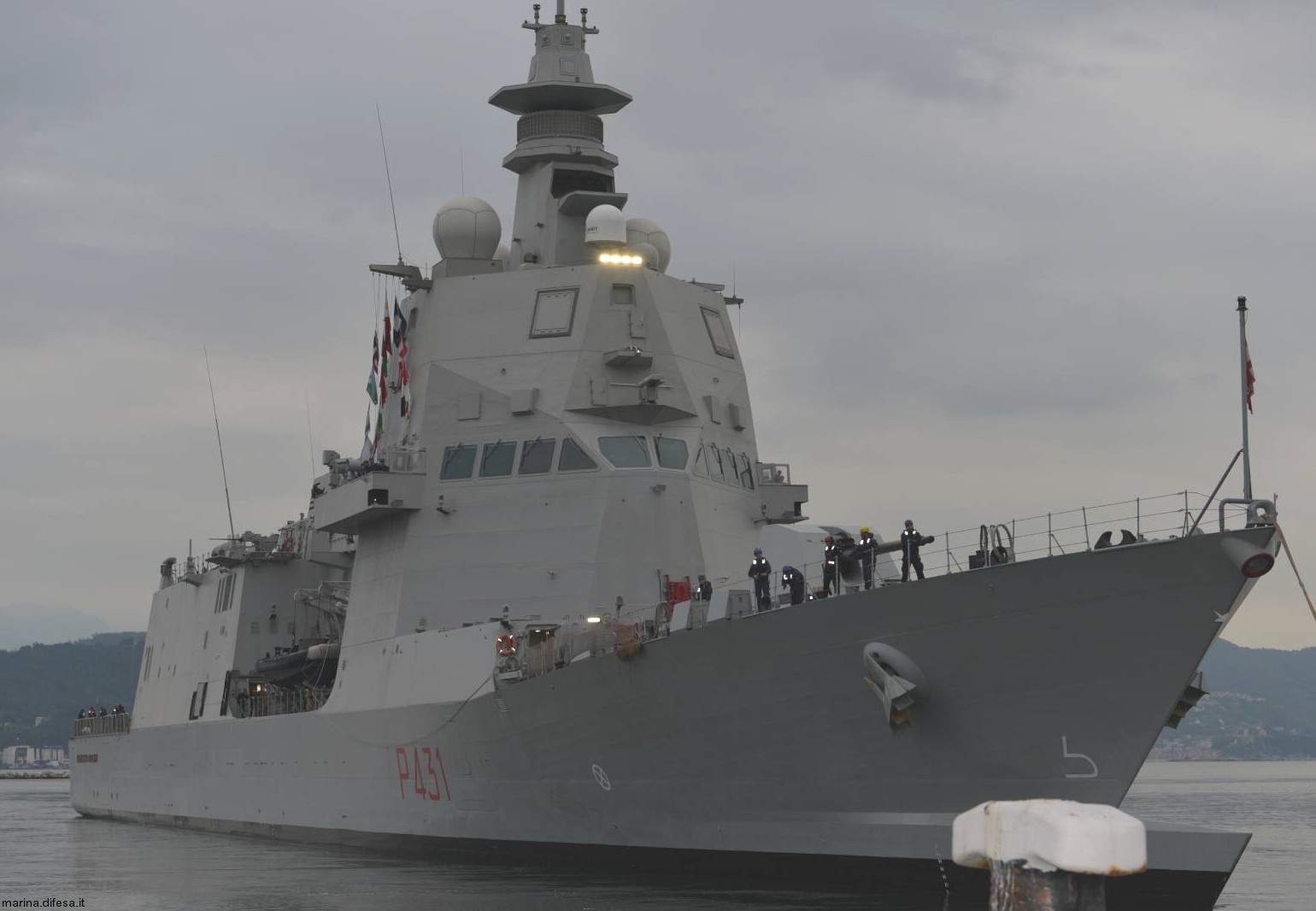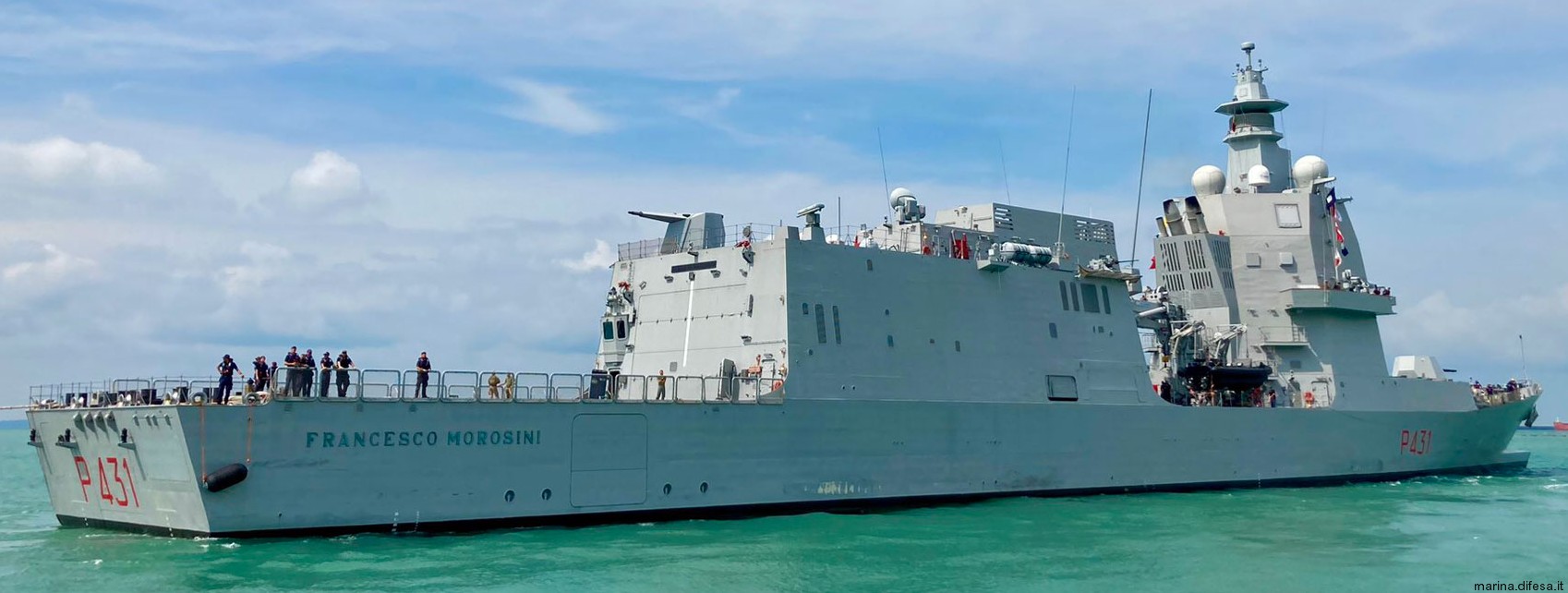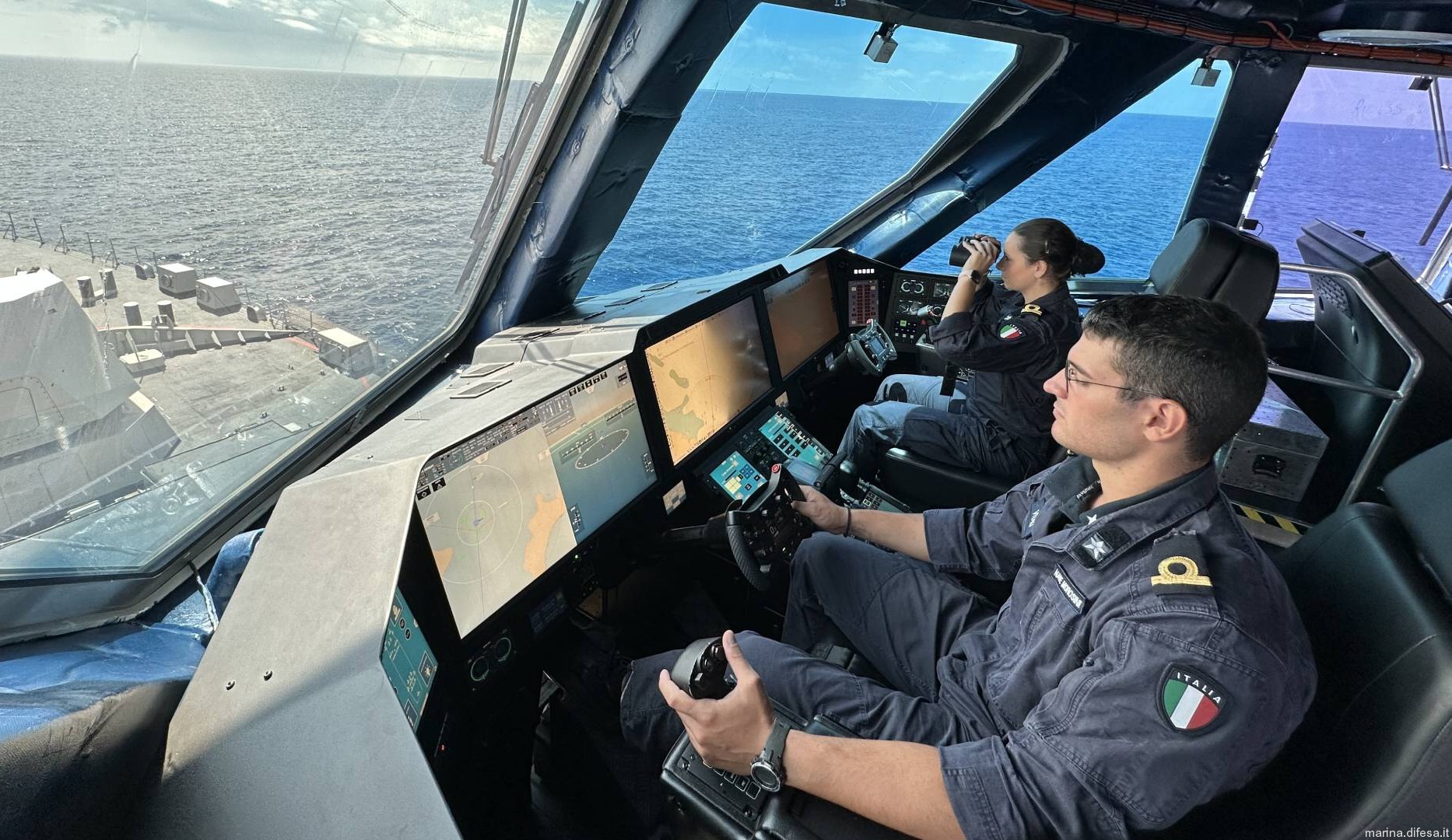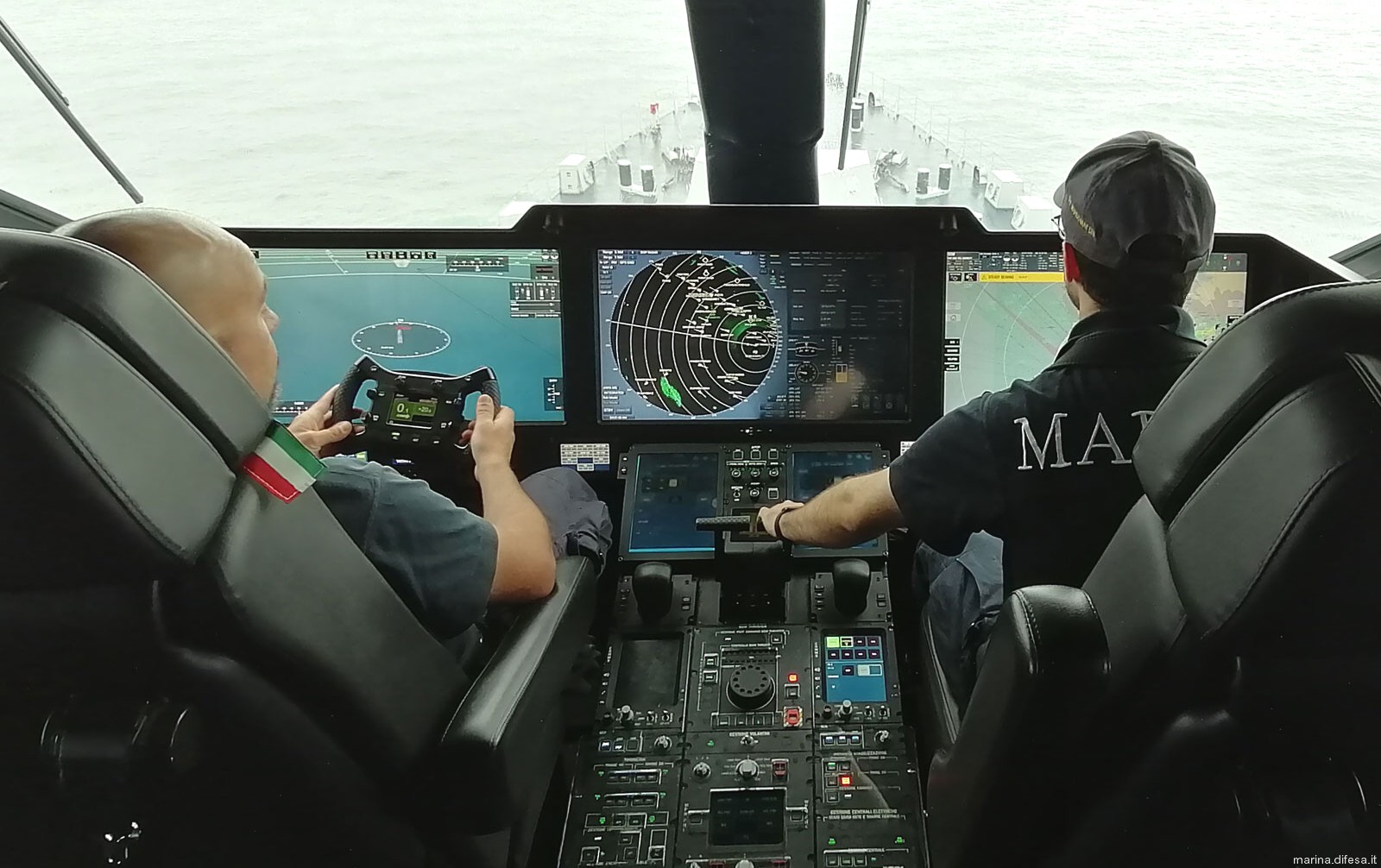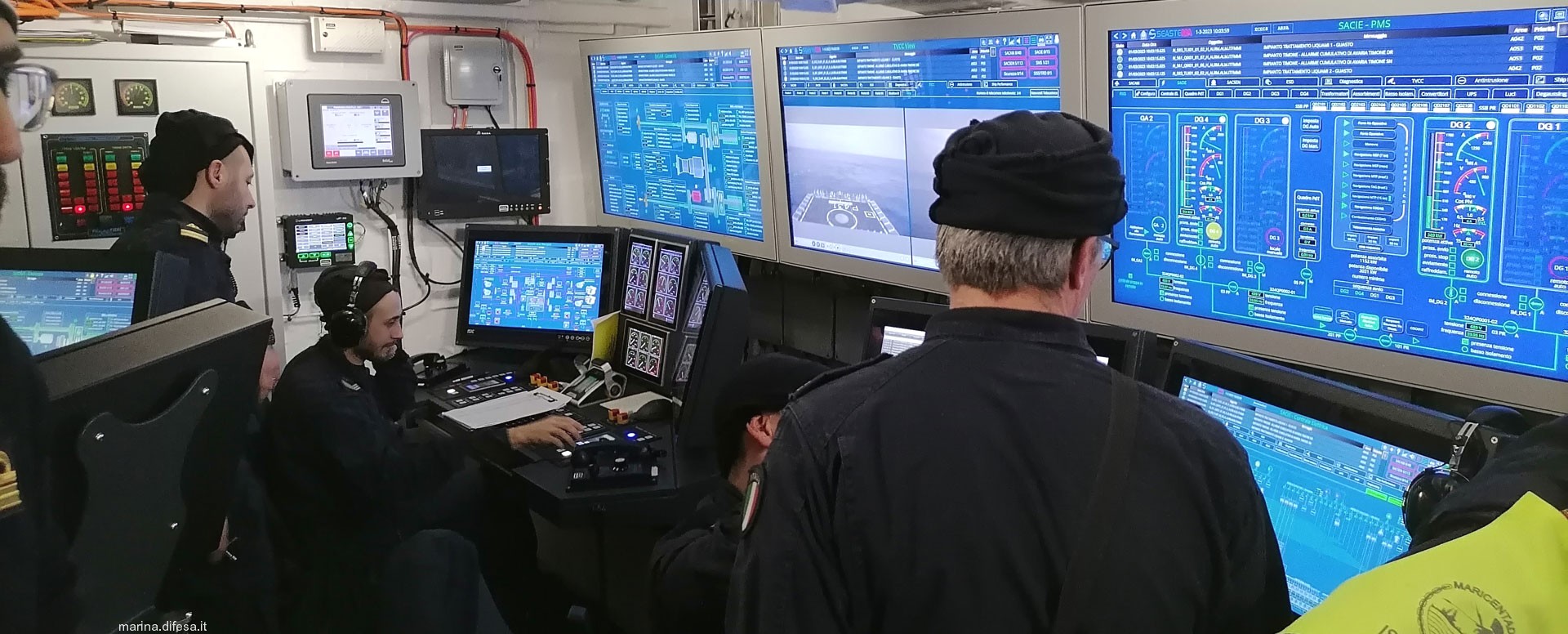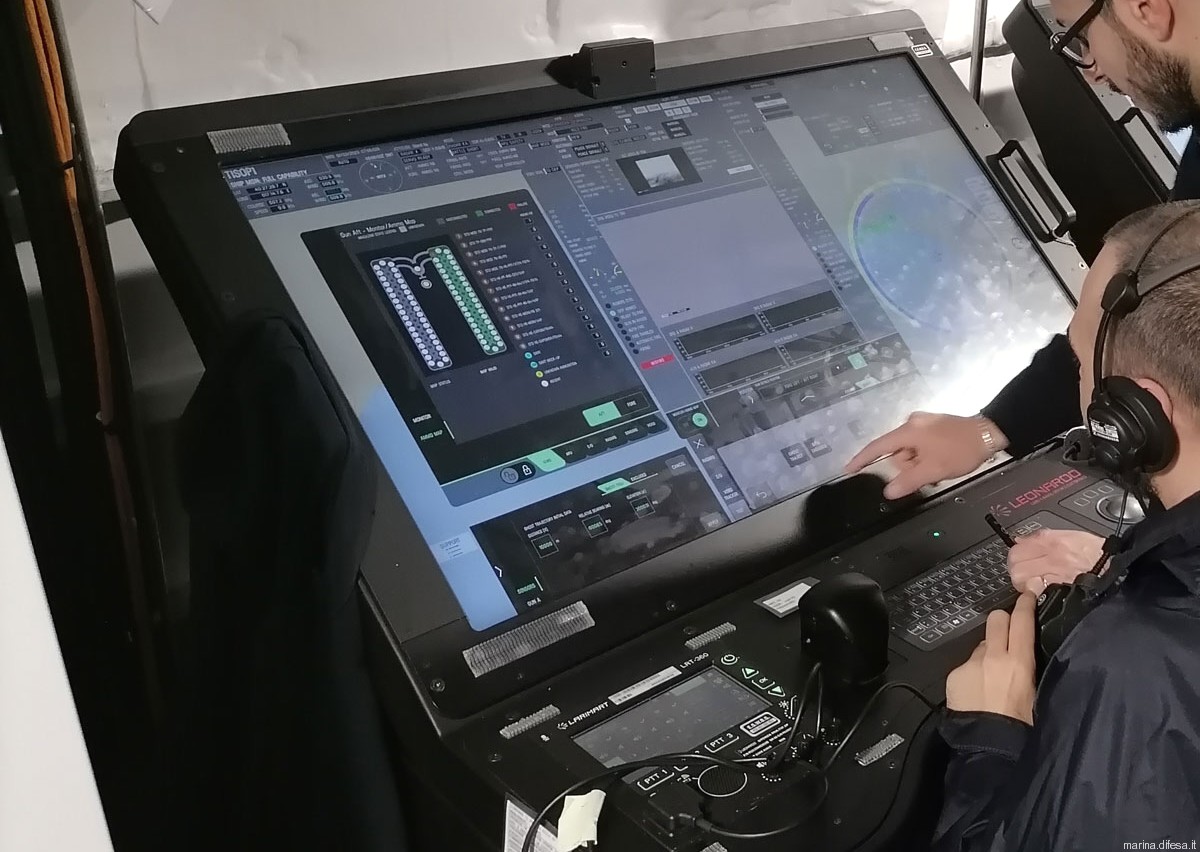Francesco Morosini (26 February 1619 - 16
January 1694)
... was the Doge of Venice from 1688 to 1694, at the height
of the Great Turkish War. He was a member of a famous noble
Venetian family (the Morosini family) which produced several
Doges and generals. He "dressed always in red from top to
toe and never went into action without his cat beside him."
Early career:
Morosini first rose to prominence as Captain-General of the
Venetian forces on Crete during the siege of Candia by the
Ottoman Empire. He was eventually forced to surrender the
city, and was accused of cowardice and treason on his return
to Venice; however, he was acquitted after a brief trial.
In 1685, at the outbreak of the Morean War, Morosini took
command of a fleet against the Ottomans. Over the next
several years, he captured the Morea with the help of Otto
Wilhelm Königsmarck, as well as Lefkada and parts of western
Greece. He also briefly captured Athens but was unable to
hold it, and attempted a failed siege of the former Venetian
fortress of Negroponte. His fame reached such heights that
he was given the victory title Peloponnesiacus, and was the
first Venetian citizen to have a bronze bust placed during
his own lifetime in the Great Hall, with the inscription
Francisco Morosini Peloponnesiaco, adhuc vivendi, Senatus.
Destruction of the Parthenon and
loot of sculptures from Athens:
During the siege of Athens in 1687 at the Morean War, his
artillery turned the Parthenon from a functioning building
to a simple ruin, and he personally oversaw the looting of
some of the surviving sculptures. The Parthenon was used as
a powder magazine by the Ottomans when on September 26,
1687, Morosini's cannon scored a direct hit on the edifice.
An attaché of the Swedish field commander General Otto
Wilhelm Königsmarck wrote later: "How it dismayed His
Excellency to destroy the beautiful temple which had existed
three thousand years!". By contrast Morosini, who was the
commander in chief of the operation, described it in his
report to the Venetian government as a "fortunate shot".
When he conquered Acropolis in early 1688, Morosini tried to
loot Athena's and Poseidon's horses and chariots from the
west pediment of the Parthenon but the sculptures fell on
the ground and smashed. This was the first documented
attempt to remove sculptures from the pediments. The Ottoman
Empire regained possession of the monument in the following
year and having noticed the demand began to sell souvenirs
to Westerners.
Morosini also looted from the port of Piraeus the famous
Piraeus Lion which is on display at the Venetian Arsenal.
Doge:
(The Doge of Venice
(Venetian: Doxe de Venexia / Italian: Doge di Venezia) was
the chief magistrate and leader of the Republic of Venice)
In the summer of 1688, Morosini, now having been proclaimed
Doge of Venice, attacked Negropont but was unable to capture
it and was forced to return to Venice when plague broke out
among his troops. He embarked on a final campaign in 1693,
but was again unsuccessful in taking Negropont, and returned
to Venice after sacking some minor coastal towns. After his
death in 1694, a large marble arch was placed in his honor
at the Doge's Palace, and his cat, of which Morosini was
notably fond, was embalmed and taken to the Museo Correr.
source: wikipedia |

|
|


